Research on Intelligent recognition of Rock samples based on Deep Learning method
DOI: 10.23977/erej.2021.050304 | Downloads: 23 | Views: 1835
Author(s)
Zhiyi Chen 1, Junpeng Lian 1
Affiliation(s)
1 School of Biomedical Engineering, Southern Medical University, Guangzhou, China, 510515
Corresponding Author
Zhiyi ChenABSTRACT
Rock sample recognition plays an important role in oil and gas exploration and mineral resources exploration. At present, the main rock sample identification methods are logging, seismic, gravity and magnetism, geochemistry, hand samples and thin slice analysis and so on. In particular, the mainstream thin section analysis requires professionals to analyze the rock slices manually, but manual detection and preparation of rock slices take a long time. In order to reduce the workload and shorten the time period, the image depth learning method is used to establish the model. After the cuttings and core samples are collected by the industrial camera in the mud logging site, the real-time automatic identification and classification of rock samples and the evaluation of oil and gas-bearing properties are realized. In this paper, the file in .JPG format is cut to discard the information that does not contain rock at the edge. Then it was divided into 4* 4, 6*6, 8*8, 10*10 segments. After image enhancement, the transfer learning method is used to train the neural network using Desnet201 in the built-in library of torch, and the Desnet201 network is selected as our neural network framework. Then the last softmax layer is changed into a multi-layer perceptron with three hidden layers, and the improved Desnet201 is used as a model to identify rock types in this paper.
KEYWORDS
UmurSegnet, semantic segmentation, insulator defect detection, target detectionCITE THIS PAPER
Zhiyi Chen, Junpeng Lian. Research on Intelligent recognition of Rock samples based on Deep Learning method. Environment, Resource and Ecology Journal (2021) 5: 15-19. DOI: http://dx.doi.org/10.23977/erej.2021.050304
REFERENCES
[1] Gaiting, Yang Yang and Hejiang, "Application Summary of Artificial Intelligence on Rock Images", China Petroleum and Chemical Standards and Quality, Volume 40, Period 20, Page 98-100, 2020.
[2] Liu Yanbao, Cao Shugang and Liu Yucheng, "discussion on the method of rock meso-image analysis based on LS-SVM", Journal of Rock Mechanics and Engineering, no. 05, p. 1059m 1065, 2008.
[3] L. B. Gon ç alves and F. R. Leta, "Macroscopic Rock Texture Image Classification Using a Hierarchical Neuro-Fuzzy Class Method", Mathematical Problems in Engineering, Volume 2010, page 1 Murray 23, 2010, doi: 10.1155ther 2010nd 163635.
[4] Cheng Guojian, Ma Wei, Wei Xinhan, Rongchun Long and Nan Yuxiang, "Rock Component Identification Based on Image Processing and Neural Network", Xi'an Petroleum University (Natural Science Edition), Volume 28, Duration 05, Page 105-110 + 1, 2013.
[5] G. Huang, Z. Liu, L. van der Maaten and K. Q. Weinberger, "Densely Connected Convolutional Networks", arXiv:1608.06993 [cs], January 2018, see: may 05, 2021. [Online]. Available at: http://arxiv.org/abs/1608.06993.
| Downloads: | 5979 |
|---|---|
| Visits: | 448456 |
Sponsors, Associates, and Links
-
International Journal of Geological Resources and Geological Engineering
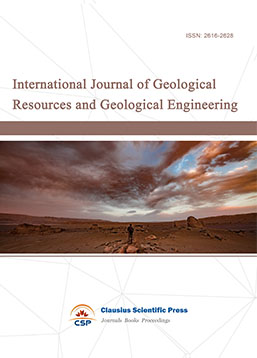
-
Big Geospatial Data and Data Science

-
Solid Earth and Space Physics

-
Environment and Climate Protection
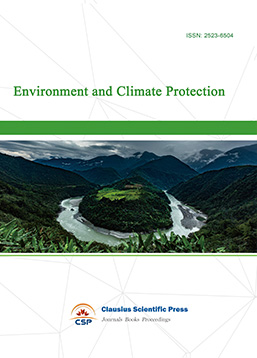
-
Journal of Cartography and Geographic Information Systems

-
Offshore and Polar Engineering

-
Physical and Human Geography
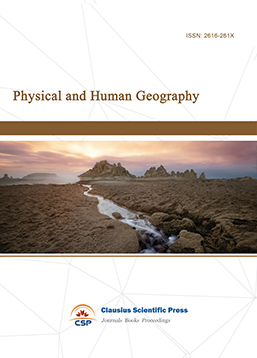
-
Journal of Atmospheric Physics and Atmospheric Environment
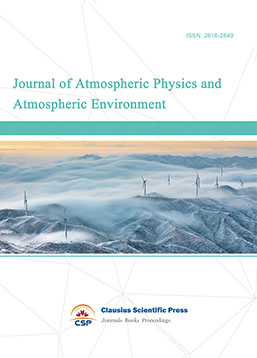
-
Trends in Meteorology

-
Journal of Coastal Engineering Research
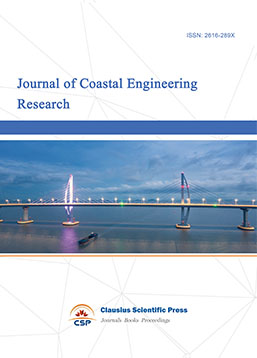
-
Focus on Plant Protection
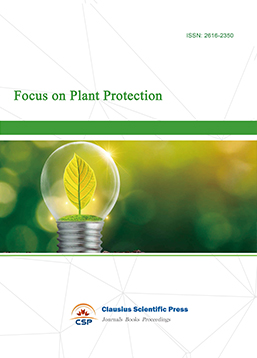
-
Toxicology and Health of Environment
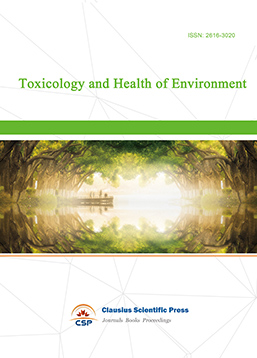
-
Geoscience and Remote Sensing
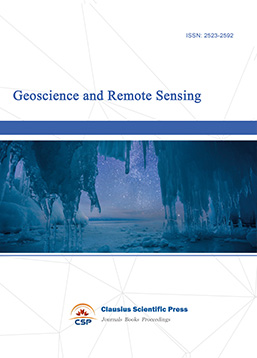
-
Advances in Physical Oceanography

-
Biology, Chemistry, and Geology in Marine
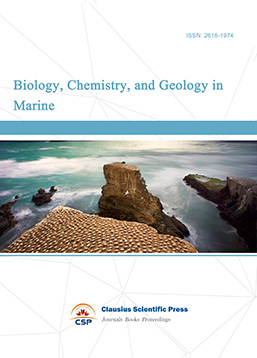
-
Water-Soil, Biological Environment and Energy

-
Geodesy and Geophysics

-
Journal of Structural and Quaternary Geology
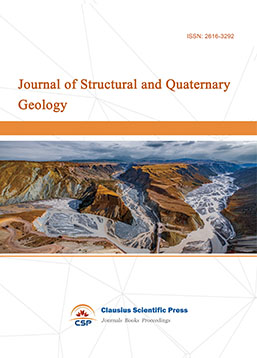
-
Journal of Sedimentary Geology

-
International Journal of Polar Social Research and Review


 Download as PDF
Download as PDF